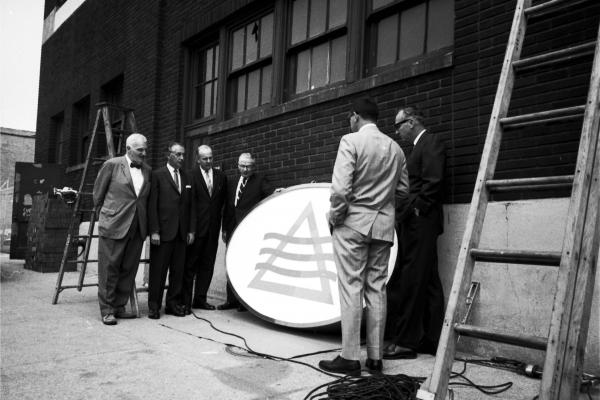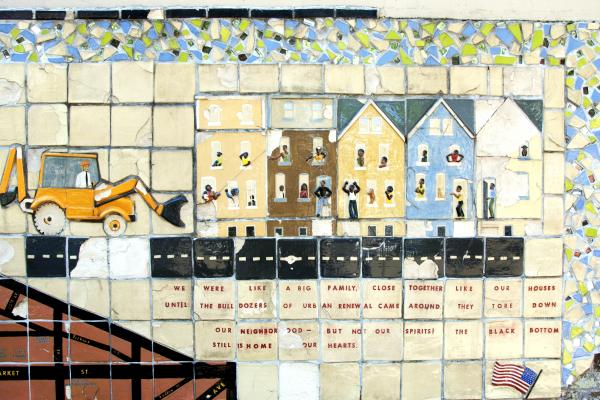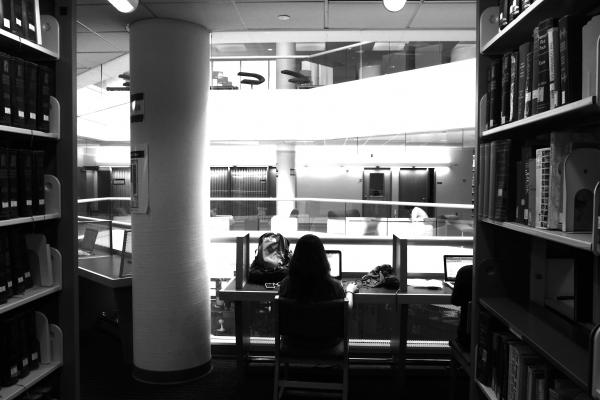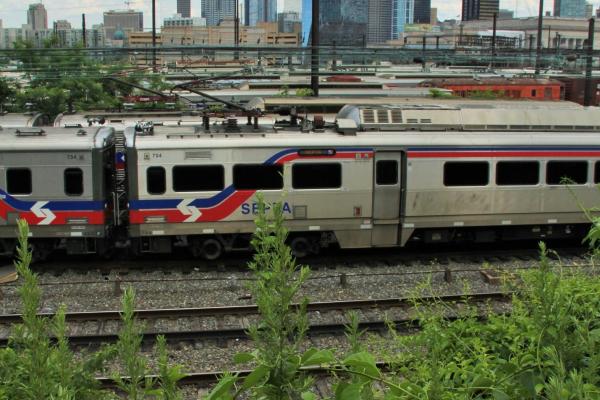Drexel and the Creation of the University City Science Center
The Drexel Institute had only a peripheral and grudging involvement in the creation of the University City Science Center, a project of the West Philadelphia Corporation (WPC) in Unit 3.
The Drexel Institute was only marginally involved in the creation of the University City Science Center, a project of the West Philadelphia Corporation (WPC) in Unit 3, which included the blocks between 34th and 38th Streets from Powelton and Lancaster Avenues on the north to Chestnut Street on the south. Drexel’s president, William Hagerty, James Creese’s successor, resented Drexel’s second-class status vis-à-vis Penn in the WPC, the Science Center, and the larger cosmos of West Philadelphia urban renewal.
The Drexel Institute had only a peripheral and grudging involvement in the creation of the University City Science Center, a major project of the West Philadelphia Corporation. Though William Hagerty, James Creese’s successor as Drexel’s president, undoubtedly recognized some benefits to Drexel in Unit 3, he resented the Institute’s second-class status in West Philadelphia’s urban renewal cosmos. “The Penn trustees made [Penn’s] participation in the Science Center contingent on their holding ‘no less than 51 percent of the stock,’” write Puckett and Lloyd. The University’s president, Gaylord P. Harnwell, “assured William Hagerty…that Penn ‘would not build any of its own academic buildings north of Market Street or otherwise in the area designated for the Science Center.’” Hagerty was mindful that Penn not only controlled 51 percent of the stock but also held a vastly disproportionate share vis-à-vis any of the other shareholders, including Drexel; for example, by the spring of 1967, Penn held 2,000 shares versus 100 shares for each of 18 other Delaware Valley “higher eds and meds” in the Science Center—more than all the others combined. And Penn controlled the lion’s share of major appointments, including the Science Center Corporation’s officers and the executive director.[1]
Accordingly, Penn, not Drexel, saw its community relations virtually destroyed by the 1970s and its reputation tarnished by the removal of displaced residents for decades thereafter. Drexel’s community relations problems occurred in Unit 5.[2]





